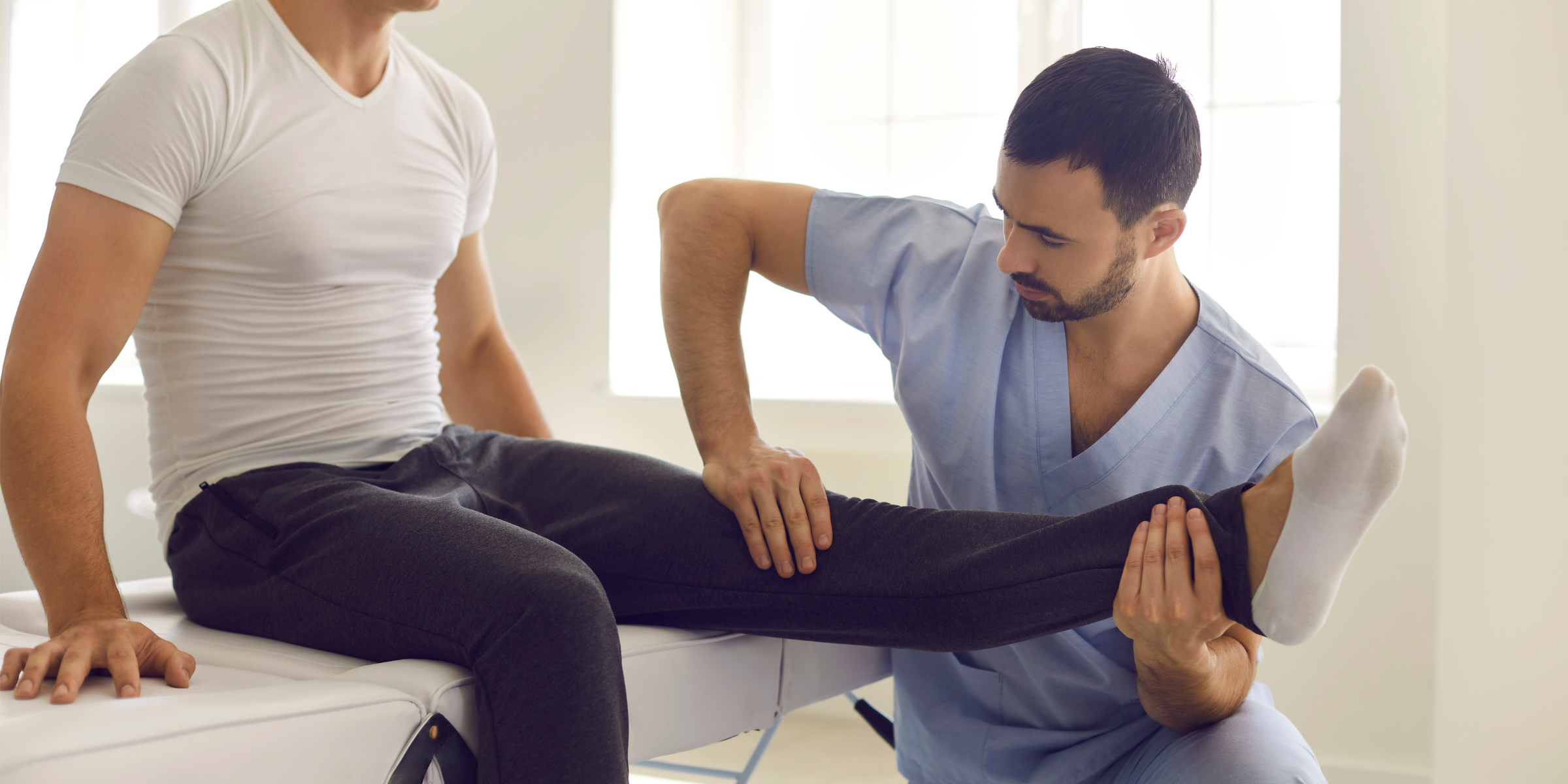Running is a physically demanding activity that requires your body to be in top form. Whether you’re aiming for a leisurely jog around the neighborhood or training for a marathon, assessing your physical readiness is essential for a successful and enjoyable experience on the road. Some key factors to consider when getting into running include overall health, injury status, endurance and stamina, and rest and recovery.
Always ensure you have no underlying health conditions that could impact your ability to run safely. Sometimes it’s not a bad idea to go to your doctor to ensure you are all clear. Existing injuries can hinder your running performance and even lead to further damage if not properly addressed. Make sure previous injuries have fully healed. If you’re still experiencing pain, it may be wise to seek treatment or modify your training plan to avoid exacerbating the injury.
Running demands endurance and stamina to sustain your pace over the distance. Gradually build up your endurance through progressive training, incorporating longer runs and intervals to challenge your cardiovascular system and improve your aerobic capacity. Adequate rest and recovery are crucial components of physical readiness for running. Listen to your body and allow for sufficient rest between runs to prevent overtraining and reduce the risk of injury. Incorporate rest days into your training schedule and prioritize activities that promote recovery, such as foam rolling, massage, and adequate sleep.

2 key factors I wanted to mention in this blog (and ones we can help with) are running form; and strength and flexibility:
- Running form is crucial for efficiency, injury prevention, and performance enhancement. Proper form ensures optimal energy transfer, reduces stress on joints, and maximizes propulsion. By maintaining good posture, understanding how to propel yourself forward, practicing proper foot strike, maintaining a good cadence (steps per minute), etc., runners can enhance their running experience and reach their full potential.
- Strength and Mobility: Running requires more than just strong legs; it also relies on the strength and mobility of your entire body. There are 3 important joints involved in running: ankles, knees, and hips. There are plenty of muscles that surround these joints and therefore it is important to know how strong and mobile they are. Strength must be measured with specialized equipment to get accurate, objective scores.
By assessing your physical readiness for running and addressing any areas of concern, you’ll set yourself up for success on the road ahead. Remember to prioritize your health and safety above all else, and enjoy the exhilarating experience of putting one foot in front of the other as you conquer your running goals.
If you need any help with ensuring you are good to go, make an appointment with one of your practitioners to check your running readiness.






